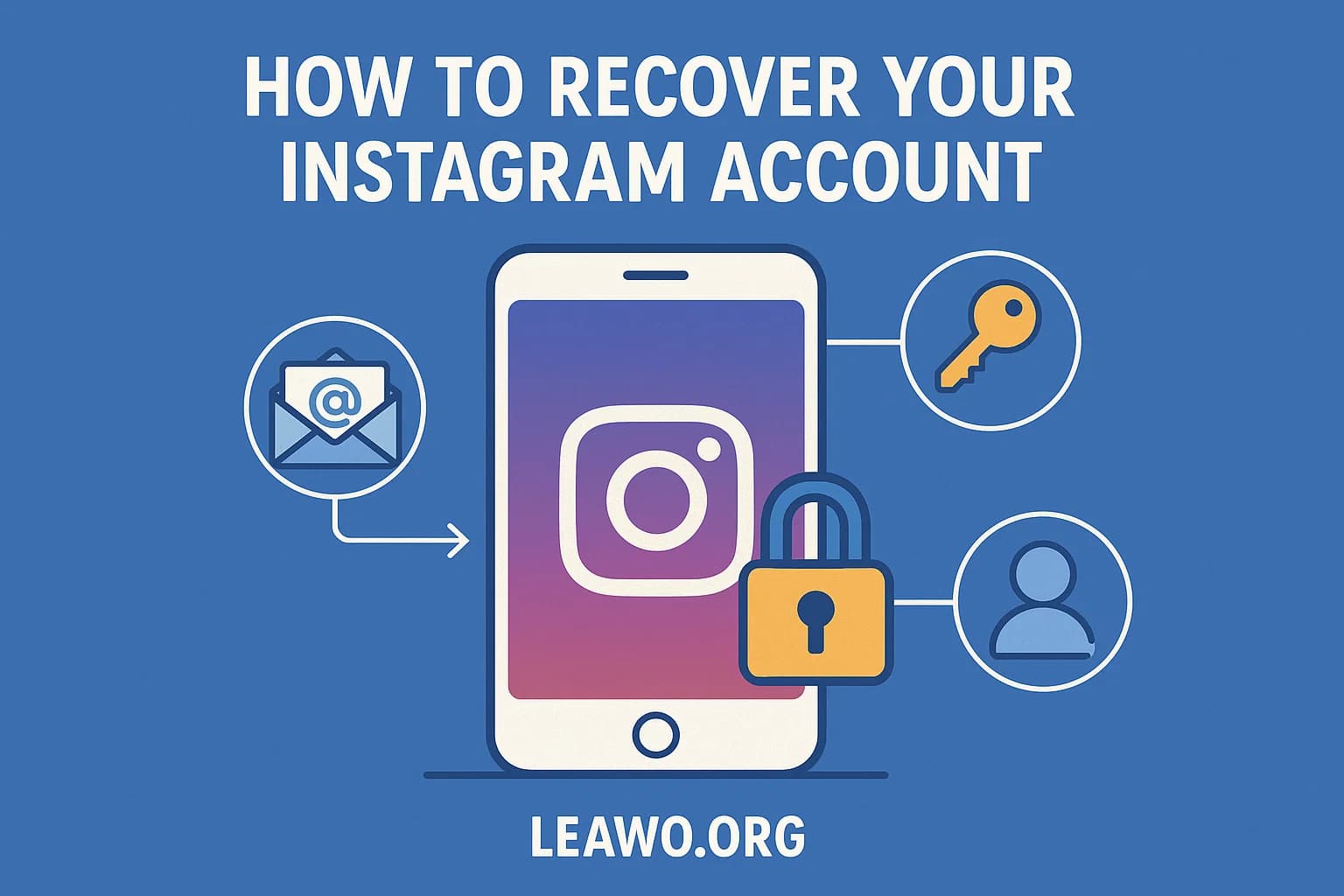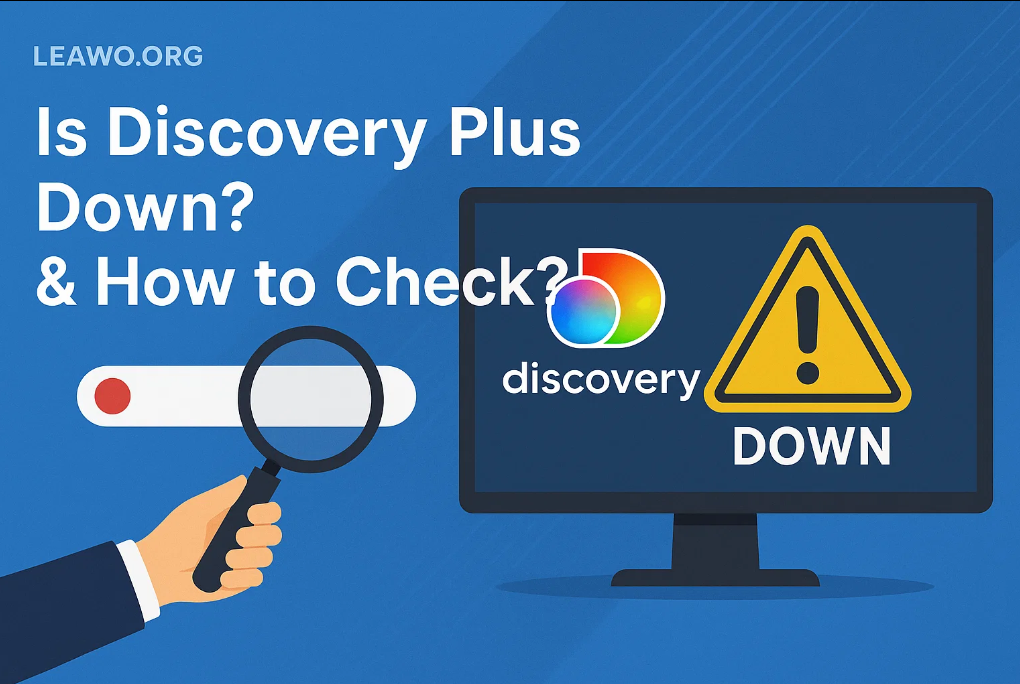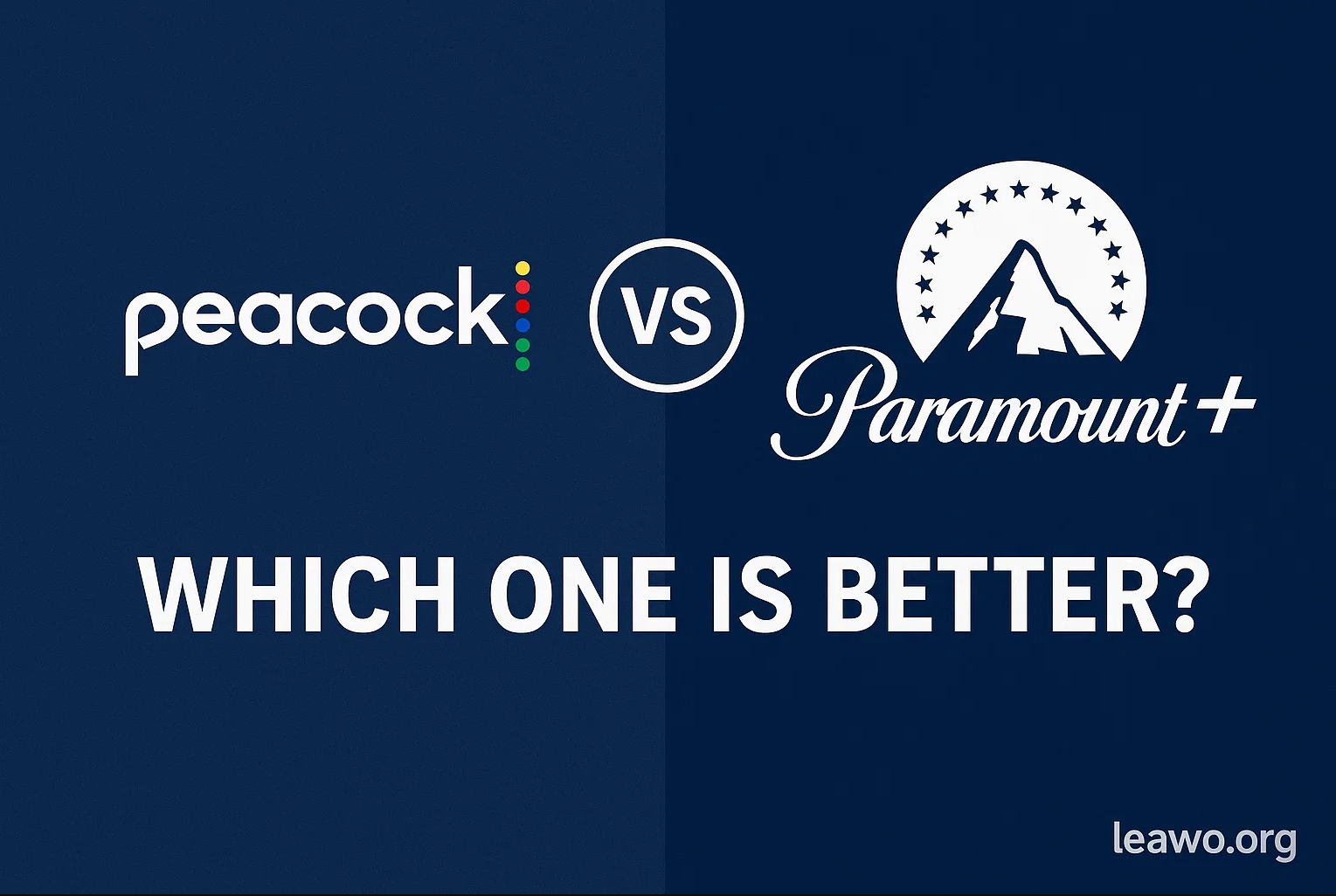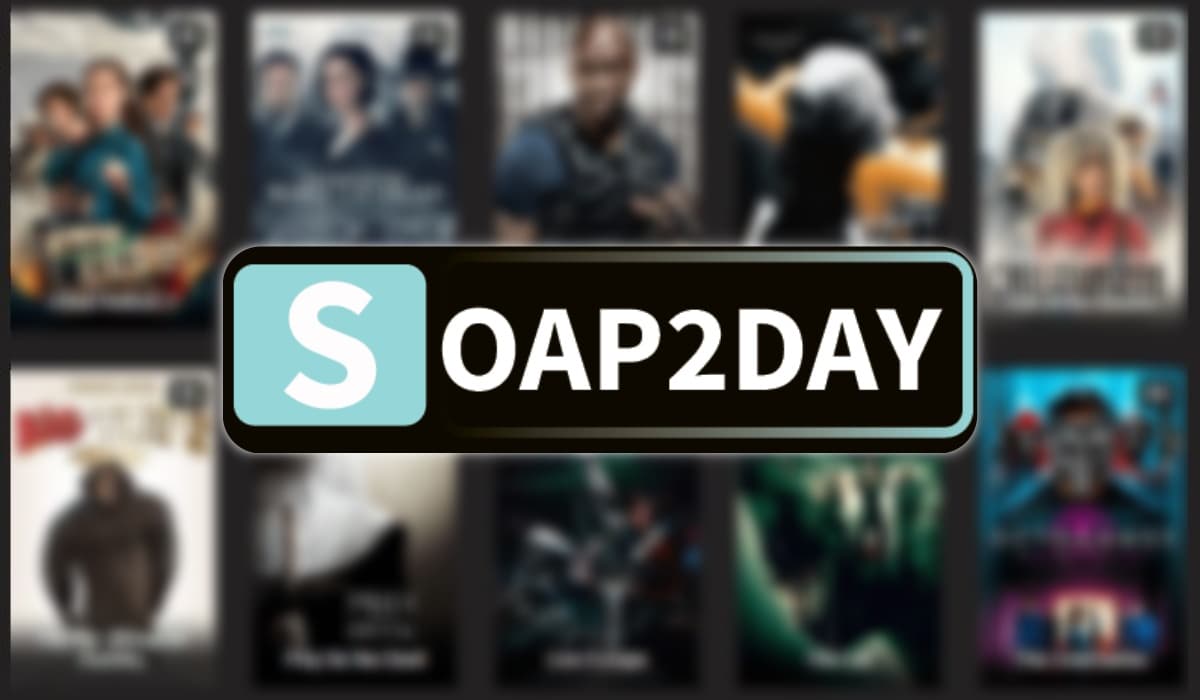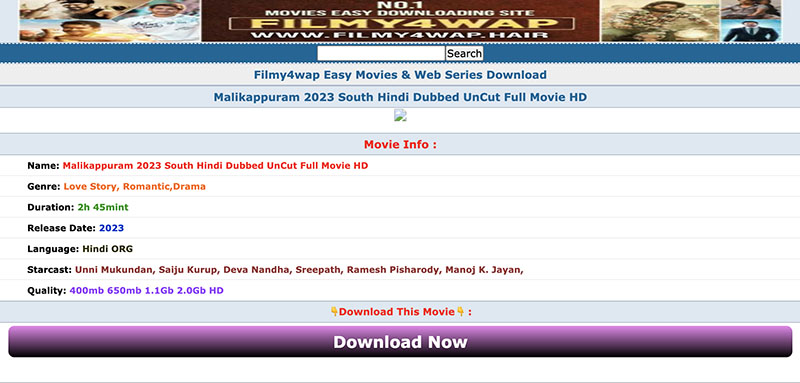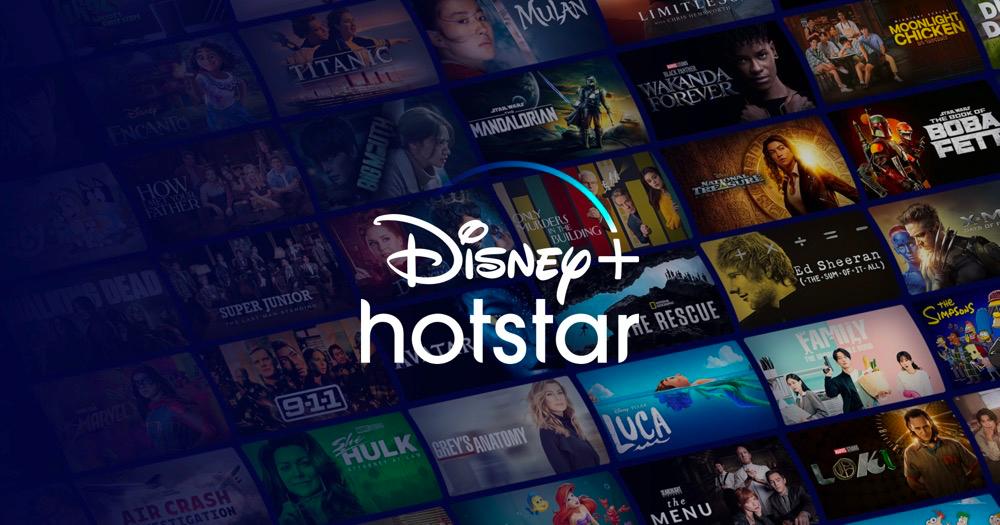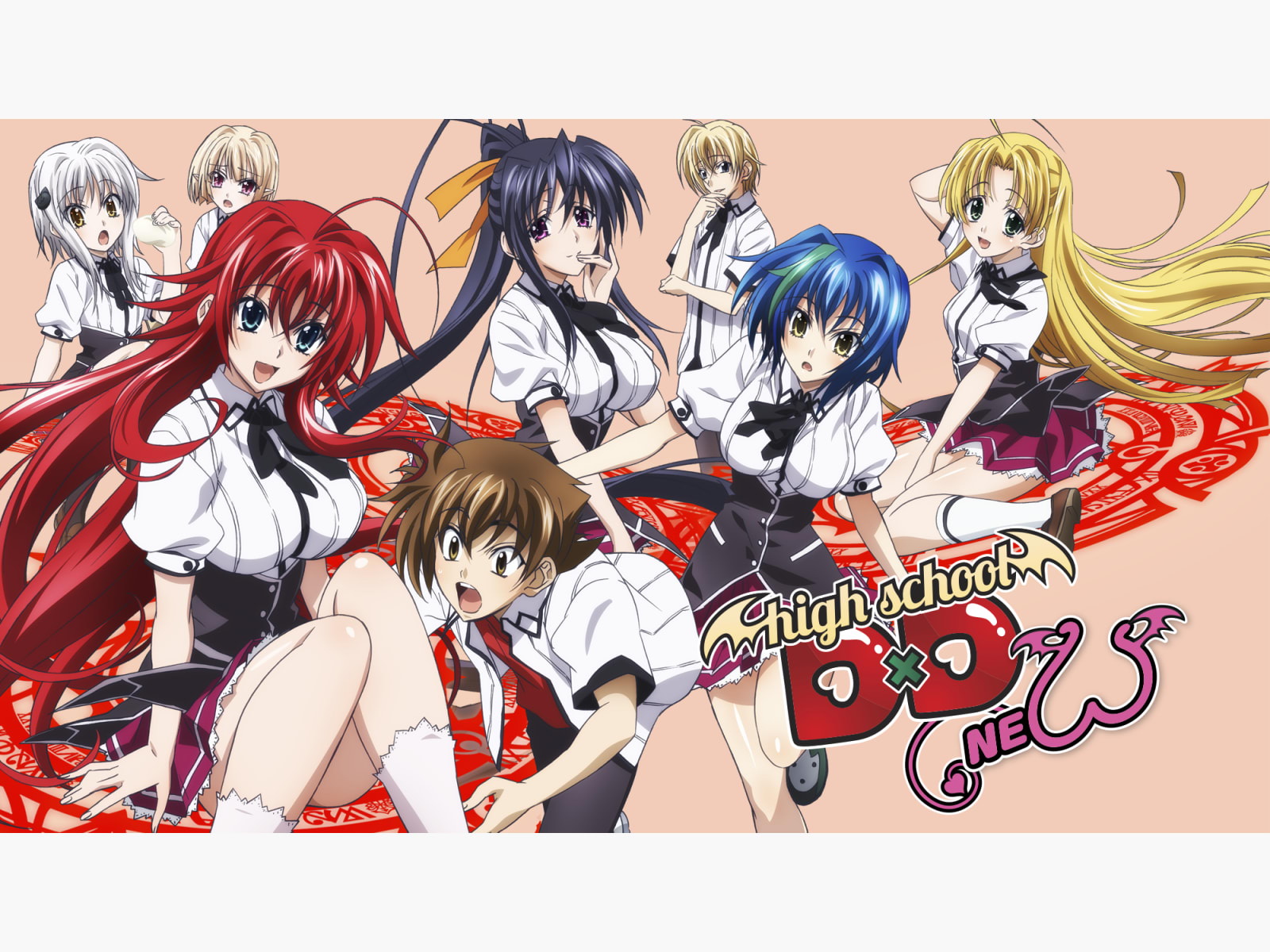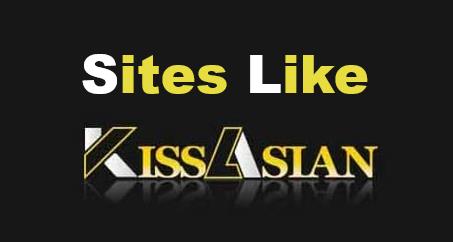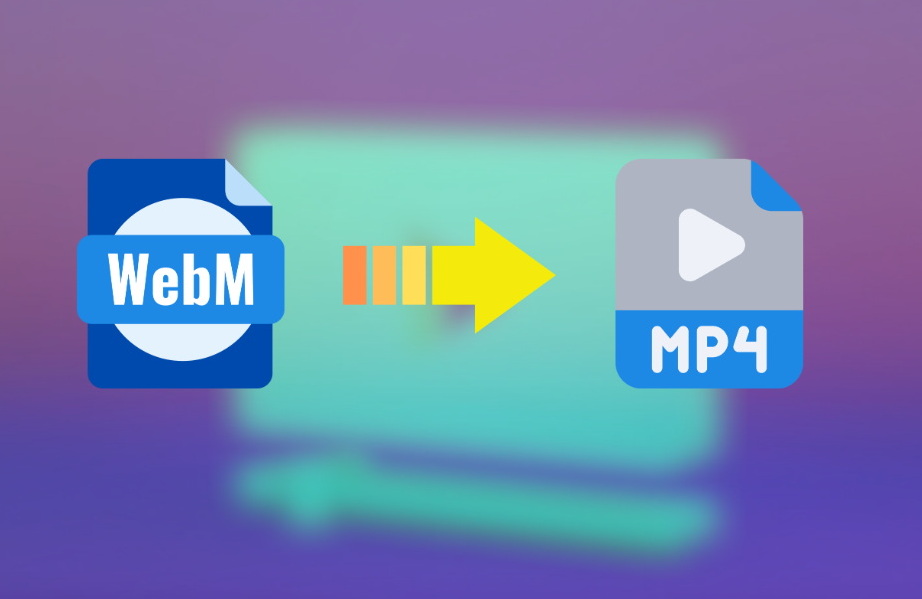Last updated on 2012-07-06, by
Mac OS X Version History Looking Back: Features and Changes
Mac OS X 10.8 Mountain Lion released by Apple recently is marked as the ninth version within its 11-year history of life. In 2001, Apple decided to make a bet on OS X. And after years of trails and researches, the success of Mac OS X brought Apple to a new level. Many people think that in Mac OS X 10.X series, OS X 10.9 will be the last version that fully integrates OS X with iOS. We will know it later whether it will be realized. But one thing for sure is that Apple will continue to make improvements on Mac PC, although nine versions of Mac OS X have been released.
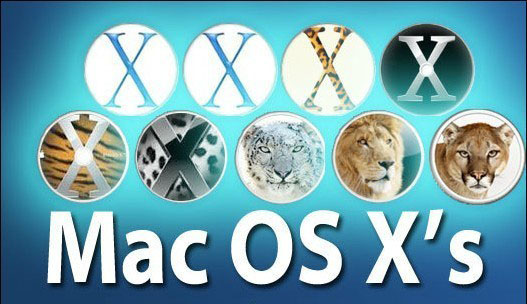
Mac OS X “Cheetah” (10.0)
Time: March 2001—September 2001
The initial version was slow, incomplete, and had very few applications available at the time of its launch, mostly from independent developers. While many critics suggested that the operating system was not ready for mainstream adoption, they recognized the importance of its initial launch as a base on which to improve. Following some bug fixes, kernel panics became much less frequent.
Mac OS X “Puma” (10.1)
Time: September 2001—August 2002
It had better performance and provided missing features, such as DVD playback. On January 7, 2002, Apple announced that Mac OS X was to be the default operating system for all Macintosh products by the end of that month.
Mac OS X Jaguar (10.2)
Time: August 2002—October 2003
It brought great performance enhancements, a sleeker look, and many powerful enhancements (over 150, according to Apple), including Quartz Extreme for compositing graphics directly on an ATI Radeon or Nvidia GeForce2 MX AGP-based video card with at least 16 MB of VRAM, a system-wide repository for contact information in the new Address Book, and an instant messaging client named iChat. The Happy Mac which had appeared during the Mac OS startup sequence for almost 18 years was replaced with a large grey Apple logo with the introduction of Mac OS X v10.2.
Mac OS X Panther (10.3)
Time: October 2003—April 2005
In addition to providing much improved performance, it also incorporated the most extensive update yet to the user interface. Panther included as many or more new features as Jaguar had the year before, including an updated Finder, incorporating a brushed-metal interface, Fast user switching, Exposé (Window manager), FileVault, Safari, iChat AV (which added videoconferencing features to iChat), improved Portable Document Format (PDF) rendering and much greater Microsoft Windows interoperability. Support for some early G3 computers such as “beige” Power Macs and “WallStreet” PowerBooks was discontinued.
Mac OS X Tiger (10.4)
Time: April 2005—October 2007
Apple stated that Tiger contained more than 200 new features. As with Panther, certain older machines were no longer supported; Tiger requires a Mac with a built-in FireWire port. Among the new features, Tiger introduced Spotlight, Dashboard, Smart Folders, updated Mail program with Smart Mailboxes, QuickTime 7, Safari 2, Automator, VoiceOver, Core Image and Core Video. The initial release of the Apple TV used a modified version of Tiger with a different graphical interface and fewer applications and services.
Mac OS X Leopard (10.5)
Time: October 2007—August 2009
It was called by Apple “the largest update of Mac OS X”. It brought more than 300 new features. Leopard supports both PowerPC- and Intel x86-based Macintosh computers; support for the G3 processor was dropped and the G4 processor required a minimum clock rate of 867 MHz, and at least 512 MB of RAM to be installed. The single DVD works for all supported Macs (including 64-bit machines). New features include a new look, an updated Finder, Time Machine, Spaces, Boot Camp pre-installed, full support for 64-bit applications (including graphical applications), new features in Mail and iChat, and a number of new security features. Leopard is an Open Brand UNIX 03 registered product on the Intel platform. It was also the first BSD-based OS to receive UNIX 03 certification. Leopard dropped support for the Classic Environment and all Classic applications. It was the final version of Mac OS X to support the PowerPC architecture.
Mac OS X Snow Leopard (10.6)
Time: August 2009—July 2011
Snow Leopard focuses on “under the hood” changes, increasing the performance, efficiency, and stability of the operating system. For most users, the most noticeable changes are: the disk space that the operating system frees up after a clean install compared to Mac OS X 10.5 Leopard, a more responsive Finder rewritten in Cocoa, faster Time Machine backups, more reliable and user friendly disk ejects, a more powerful version of the Preview application, as well as a faster Safari web browser.
Mac OS X v10.6 also features Microsoft Exchange Server support for Mail, iCal, and Address Book, new 64-bit technology capable of supporting greater amounts of RAM, an all new QuickTime X with a refreshed user interface and more functionality that used to be only available to QuickTime Pro owners.
Snow Leopard only supports machines with Intel CPUs, requires at least 1 GB of RAM, and drops default support for applications built for the PowerPC architecture (Rosetta can be installed as an additional component to retain support for PowerPC-only applications).
Mac OS X Lion (10.7)
Time: July 2011—July 2012
It brought developments made in Apple’s iOS, such as an easily-navigable display of installed applications (Launchpad) and (a greater use of) multi-touch gestures, to the Mac. This release removed Rosetta, making it incapable of running PowerPC applications.
Changes made to the GUI (Graphical User Interface) include the Launchpad (similar to the home screen of iOS devices), auto-hiding scrollbars that only appear when they are being used, and Mission Control, which unifies Exposé, Spaces, Dashboard, and full-screen applications within a single interface. Apple also made changes to applications: they resume in the same state as they were before they were closed (similar to iOS). Documents auto-save by default.
Mac OS X Mountain Lion (10.8)
Time: July 2012
It will incorporate some features seen in iOS 5. These include Game Center, support for iMessage in the new Messages messaging application, and Reminders as a to-do list app separate from iCal (which is renamed as Calendar, like the iOS app). It also includes support for storing iWork documents in iCloud. It is scheduled to be released in July 2012. Notification Center, which makes its debut in Mountain Lion, is a desktop version similar to the one in iOS 5.0 and higher. Application pop-ups are now concentrated on the corner of the screen, and the Center itself is pulled from the right side of the screen. Mountain Lion also includes more Chinese features including support for Baidu as an option for Safari search engine, QQ, 163.com and 126.com services for Mail, Contacts and Calendar, Youku, Tudou and Sina Weibo are integrated into share sheets.
Source for References: http://en.wikipedia.org/wiki/Mac_OS_X
By the way, there are many multimedia programs that are compatible with Mac OS X, you can take advantage of them to enhance digital fun on Mac if necessary: Video Converter for Mac, DVD Ripper for Mac, DVD Creator for Mac, DVD Copy for Mac, etc..
